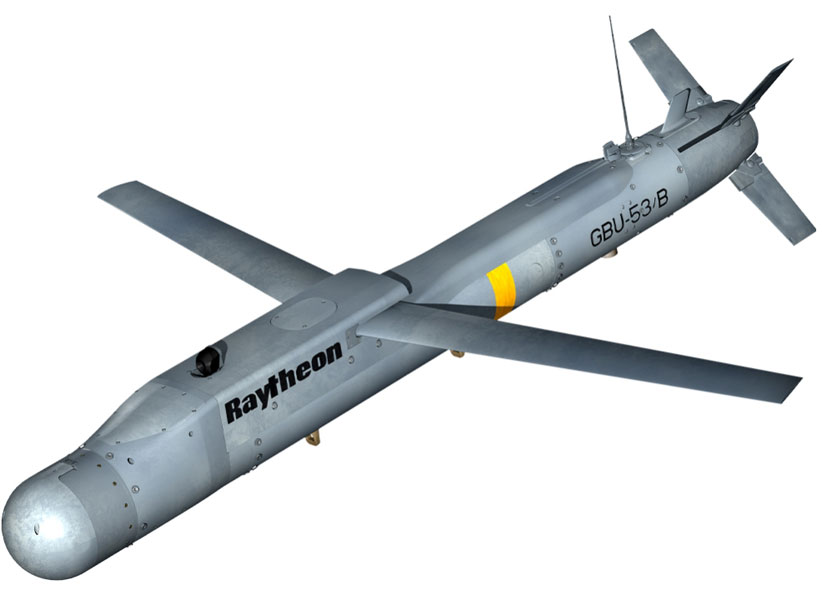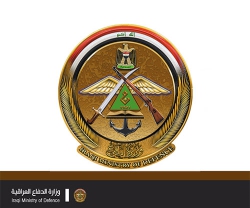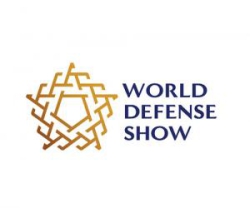Raytheon, USAF Conclude Series of SDB II Test Flights
31.10.2013 North America
Raytheon and the U.S. Air Force (USAF) concluded a series of test flights with the Small Diameter Bomb II (SDB II) culminating in direct hits on targets moving at operationally representative speeds.
Earlier supporting tests were performed in a multitude of different environments and scenarios, key to maturing seeker algorithms and validating the weapon's aerodynamic performance. All test flights helped reinforce the system's capability to satisfy a critical warfighter need.
“These successes are the latest in a series of test flights demonstrating Raytheon's readiness to progress the SDB II program to the System Verification Review and Milestone C,” said John O'Brien, SDB II Program Director for Raytheon Missile Systems.
“These tests showcase the game-changing capability of Raytheon's tri-mode seeker to detect, track and engage moving targets in adverse weather,” he added.
SDB II can hit targets from a range of more than 40 nautical miles. It has a powerful warhead capable of destroying armored targets, yet keeps collateral damage to a minimum through a small explosive footprint. It is highly accurate and offers warfighters the flexibility to change targets through a datalink that passes in-flight updates to the weapon.
SDB II employs Raytheon's uncooled tri-mode seeker. The new seeker operates in three modes: millimeter-wave radar, uncooled imaging infrared and semi-active laser. These three modes enable the weapon to seek and destroy targets, even in adverse weather conditions from standoff ranges. SDB II's integrated seeker is built in Raytheon's automated tri-mode seeker factory.
The Department of Defense has validated SDB II as a weapon that meets a critical warfighter need and has invested more than $700 million in the SDB II program.
Earlier supporting tests were performed in a multitude of different environments and scenarios, key to maturing seeker algorithms and validating the weapon's aerodynamic performance. All test flights helped reinforce the system's capability to satisfy a critical warfighter need.
“These successes are the latest in a series of test flights demonstrating Raytheon's readiness to progress the SDB II program to the System Verification Review and Milestone C,” said John O'Brien, SDB II Program Director for Raytheon Missile Systems.
“These tests showcase the game-changing capability of Raytheon's tri-mode seeker to detect, track and engage moving targets in adverse weather,” he added.
SDB II can hit targets from a range of more than 40 nautical miles. It has a powerful warhead capable of destroying armored targets, yet keeps collateral damage to a minimum through a small explosive footprint. It is highly accurate and offers warfighters the flexibility to change targets through a datalink that passes in-flight updates to the weapon.
SDB II employs Raytheon's uncooled tri-mode seeker. The new seeker operates in three modes: millimeter-wave radar, uncooled imaging infrared and semi-active laser. These three modes enable the weapon to seek and destroy targets, even in adverse weather conditions from standoff ranges. SDB II's integrated seeker is built in Raytheon's automated tri-mode seeker factory.
The Department of Defense has validated SDB II as a weapon that meets a critical warfighter need and has invested more than $700 million in the SDB II program.
Latest news
Latest events
Doha International Maritime Defence Exhibition & Conference (DIMDEX 2026)
19 - 22 Jan 2026Doha - QatarUMEX – SimTEX
20 - 22 Jan 2026ADNEC Centre Abu Dhabi, - United Arab EmiratesWorld Defense Show (WDS) 2026
08 - 12 Feb 2026Riyadh - Saudi ArabiaSAHA EXPO International Defence & Aerospace Exhibition
05 - 09 May 2026İstanbul Expo Center - Turkey






















